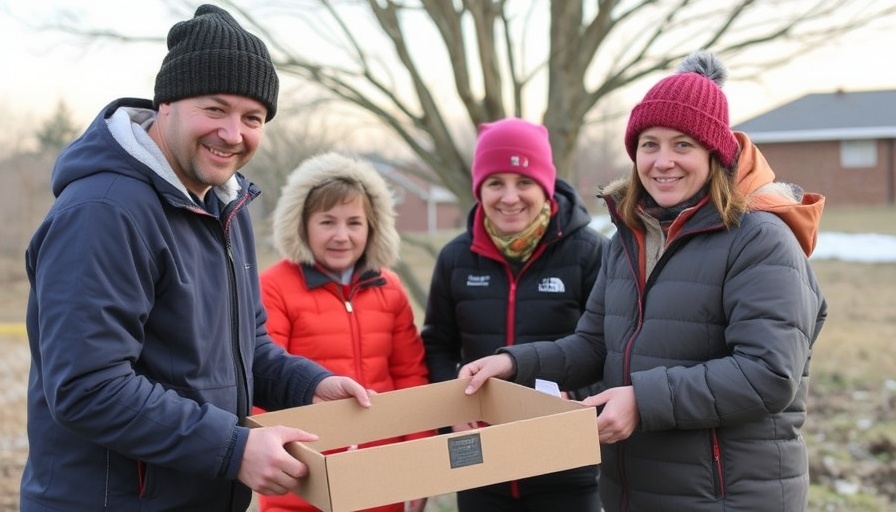
Empowering Communities: The Vision Behind Warm Homes
The UK is taking a bold step towards sustainable living with its Local Power Plan, which aims to establish 8GW of community power by 2030. This ambitious initiative is not just about generating renewable energy; it's also about creating a stronger, more unified community involvement in the energy transition. The intertwining path of the Local Power Plan and the Warm Homes Plan promises not only to deliver greener homes but also to fortify local economies and social ties.
Understanding Community Energy's Role in Home Upgrades
At the core of this approach is community energy—a concept that thrives on citizen-led and owned renewable projects. Community energy organizations are well-positioned to enhance the Warm Homes initiative, supporting homeowners as they consider energy-efficient upgrades. Their local insights foster trust, making them effective at encouraging participation. Engaging families, friends, and neighbors can positively influence decisions to improve home energy efficiency.
The Current Landscape: Real-World Examples
Several community projects are already demonstrating the potential for local power. For instance, Carbon Co-op has facilitated an area-based retrofit scheme in South Manchester, successfully bridging the gap between residents and technical professionals. By maintaining engagement and providing hands-on support, they've assured that households comprehend the benefits and implications of home upgrades. Similarly, organizations like Repowering London and Brighton and Hove Energy Services Co-operative have enabled solar panel installations, helping residents save on energy costs and reducing their carbon footprints.
Bridging the Gap: Collaboration Between Plans
The synchronization between the Local Power and Warm Homes Plans is crucial. The UK Government must emphasize the importance of community energy's role in retrofit policies. One proactive step includes supporting partnerships between local authorities and community organizations for area-specific upgrades. These partnerships can provide tailored energy advice, engage hard-to-reach households, and enhance the effectiveness of installation efforts.
Realizing the Full Potential: Strategies for Success
To maximize the impact of both plans, a strategic approach is critical. Local authorities can tap into community energy organizations for generating leads for retrofit schemes, advising on energy-efficient improvements, and ensuring that vulnerable populations are not left behind. Financial models must also evolve to support community projects that promise long-term community benefits.
Future Trends: Community Energy Towards Net Zero
As we look forward, the partnership between these two plans highlights a significant opportunity: reducing fuel poverty while driving down carbon emissions. Projects funded through community energy not only upgrade homes but also invest surplus revenues back into local initiatives, aiming for a sustainable return on investment. The publication of both plans is a critical moment for the UK Government to seize the chance to manifest this vision into practical reality.
Communities can be the powerhouse of this transition, driving home energy efficiency while reinforcing social fabric. It’s essential to recognize and nurture this potential to ensure that the transition to net-zero is not just an aim but an achievable reality, firmly rooted in the fabric of community life.
 Add Row
Add Row  Add
Add 





Write A Comment